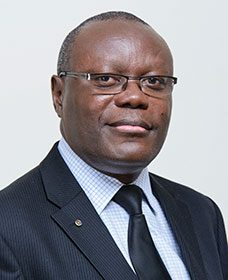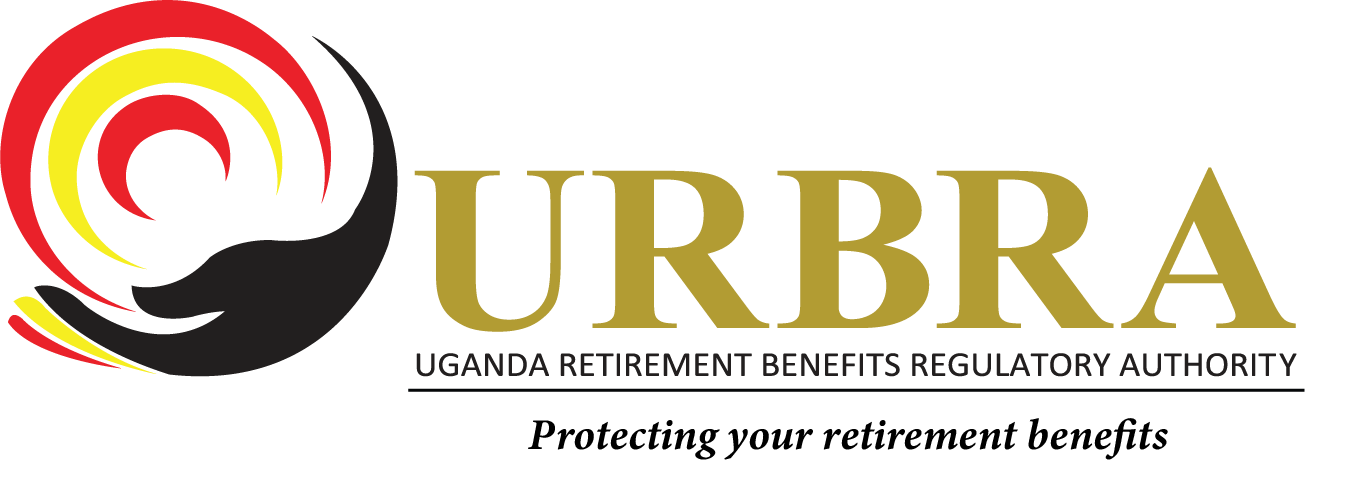Forego midterm for 50% housing mortgage, says pension regulator
Written by Ismail Musa Ladu.
Published in the Daily Monitor on 21st June, 2022.
In an interview, the URBRA chief executive officer, Mr. Martin Nsubuga explains to Prosper Magazine’s (New Vision) Ismail Musa Ladu why the latest proposal is a more prudent deal compared to the 20 per cent midterm access.
 Government recently issued a new regulation prepared by the Uganda Retirement Benefits Regulatory Authority (URBRA), allowing with immediate effect members savings with any scheme in the country, including National Social Security Fund, to use their contributions as a guarantee to secure housing mortgages.
Government recently issued a new regulation prepared by the Uganda Retirement Benefits Regulatory Authority (URBRA), allowing with immediate effect members savings with any scheme in the country, including National Social Security Fund, to use their contributions as a guarantee to secure housing mortgages.
Your pronouncement that a saver with any pension scheme in the country can use 50 per cent of his or her contribution as a guarantee to secure a home mortgage is quite defining. Explain how this will work out.
The principle is that a member of any scheme in this country can assign maximum 50 per cent of their accumulated benefits for a mortgage. But that does not mean that a member has a right to demand that the money is paid to him or her directly so that he can use it to build a house or pay for a housing mortgage—mortgage loan. However, if a member wants to get a mortgage, he or she has an obligation to approach a bank of their choice, discuss the terms of the mortgage – just like any other mortgage, but the difference is the member will use the benefits as collateral.
So this does not in any way mean that the banks should lower their guard when dealing with a saver?
The banks will and should carry out due diligence as is the norm in the credit process. They will have to make sure that the member has where to build. It is important to note that a mortgage which in this case can be a land title is the first collateral, then your savings (benefits) are an additional collateral. This, we believe, should make it easy if not more affordable for a member to secure a housing mortgage. It is important therefore for a member to honour their obligations on a regular basis. The beauty is you will be able to secure a mortgage while you are still working.
It looks like the ability by the saver/member to routinely honour the payment schedule will still be part of the deal while your contributions (savings) remain intact or actually continue growing rather than getting depleted. Is that right?
Normally, banks want to offer mortgages in areas that are easily marketable. But in this case, we are providing a very strong fallback asset.
However, the member must have the ability to pay. The collateral is a fallback position resulting from your failure to pay. But the other beauty about using 50 per cent as a collateral is that a member is exposing 50 per cent at the time of the mortgage without necessarily losing it. For example, if I have Shs50 million and I assign 50 per cent of that which is Shs25 million to a mortgage, it doesn’t mean that these savings will be drawn out of the scheme. That is not how it works.
Importantly, if you have got a mortgage of either five or 10 years, it means after that period, the money you would have assigned as a collateral will have reduced or served the purpose because the Shs50 million you have today would have gained more value five or 10 years down the road. So, in principle, the exposure will also be reducing along. At the end of the day, your portfolio is also growing in value, but at the same time you would have acquired property.
Your proposal comes at a time when the midterm access is another viable option. Can a saver make use of both options?
Ideally, all options are available to a member. We think you can have the bigger fish instead of the small one. You can assign 50 per cent for a mortgage and trade off the 20 per cent for now. Actually, you don’t even need to get it. Simply walk into a bank, get a mortgage on favourable terms and seal the deal. The beauty here is you are actually not only preserving your fund but also growing your portfolio. The icing on the cake is you will have secured yourself a mortgage at a preference rate.
So, conclude one mortgage, if you still need another, nobody is stopping you! All you need to do is assign another 50 per cent and by that, your portfolio will probably have grown bigger. However, the trustees or the board of directors of the scheme have an obligation to ensure with certainty that you are serious with your intentions.
Then there is the small matter of NSSF seemingly standing on the way of this proposals. What is your view?
Don’t worry about that, it is an illegal process that will be dealt with. By and large, the regulations that we have issued are derived from the URBRA Act which is superior to any provision that others, including NSSF, quotes from their books or regulations. The regulation requires them to fall in line.
What is the status of the pension sector?
The numbers indicate good performance. We anticipate that by the end of this month—June, the portfolio would have hit Shs20 trillion. The returns that our members are likely to get by the end of this year will be in a double digit– over 10 per cent irrespective of the inflationary issues we are witnessing. Besides that, we have not had any loss of funds or any capital losses because of bad investment because the regulations are very strong and enforcement is tight.
You cannot just invest any money without direction. About 75 per cent of the portfolio is invested in government securities, which is regarded as risk free, and offers the highest returns in the market at the moment.
Do you have some kind of restriction when it comes to investment particularly beyond the East African Community region?
There is almost no restriction in investing in the region. You can invest in the East African region for as long as it does not offend the laid down protocols.
On the other hand, the law doesn’t allow investment beyond the East African region.
The principle is you need to have a territorial control of where the funds are invested. Members must have a feeling that through their contributions they are contributing to the economic growth and development of the country.
But discussions pertaining to investing beyond the region are underway and once concluded, we shall give it a try and see.



